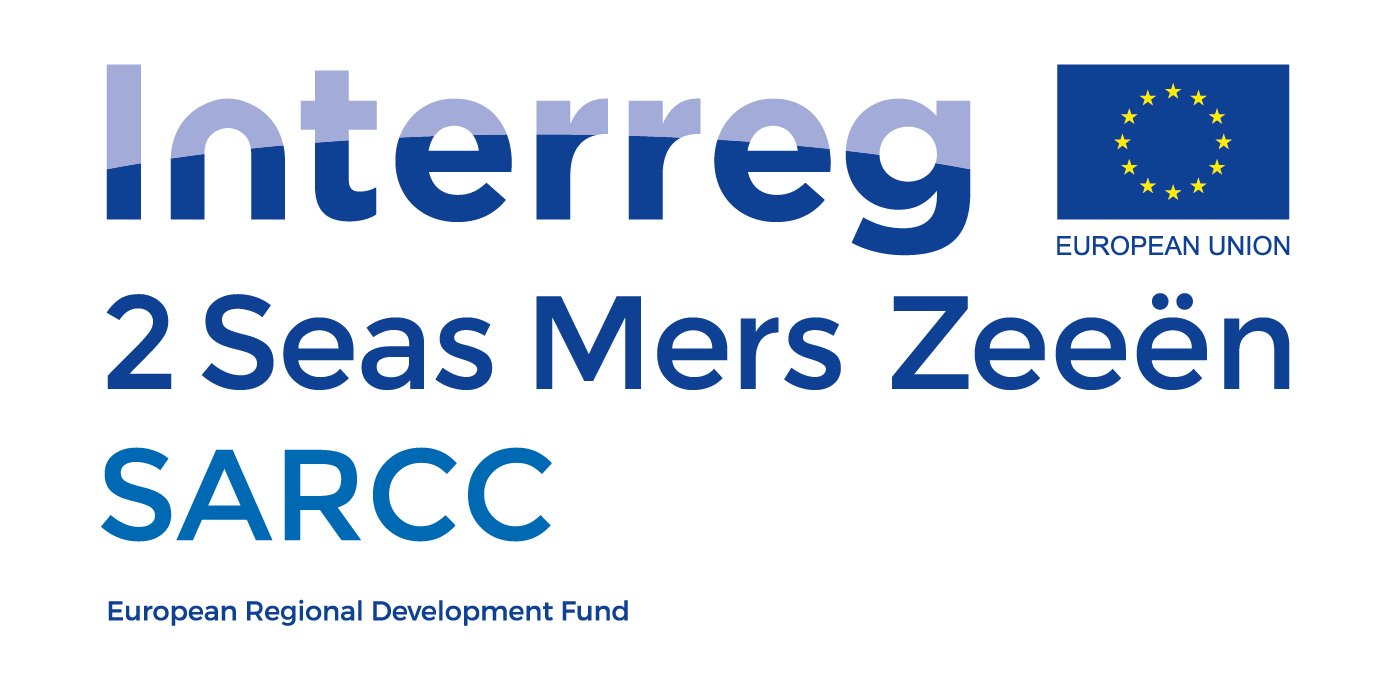Ostend, Belgium - City of Ostend
What / where is the pilot?
The pilot is situated at the shore of Ostend in an area where there are no buildings along the beach and seawall. Despite the absence of buildings along this stretch of coast, the area has an urban character due to the presence of the coastal road, the tramline and the seawall with cycling path and walkway.
Why is the pilot needed and what are the benefits?
In the past, Ostend was identified as one of the weak areas where safety standards regarding coastal flooding weren’t fulfilled. Therefore the Coastal Division of the Flemish Agency for Maritime Services and Coast has nourished the beaches of Ostend to upgrade the safety level to a 1000 year storm surge event. This was part of the coastal protection scheme that is called “Masterplan for Coastal Safety”.
In the pilot area of Ostend the excessive sand transport caused by heavy winds lead to a lot of problems for the use of adjacent infrastructure, such as the walk and cycle path, the tramway and the coastal road. Several times a year, sandy hills are formed that make the use of the road and tramway too dangerous, forcing them to be closed. Cleaning up the sand requires a lot of effort, is costly and takes time. Furthermore, the sand that is being cleaned up can’t be used to nourish the beaches, shore face or dunes because there is a risk that it has been polluted by the road or the tramway.
That is why the City of Ostend and the Coastal Division are working together in this pilot by creating a natural landscape with planted dunes along the seawall. This should lead to an ecosystem that keeps the sand on the beach instead of leading it to the tramway and the road. The natural dynamics of waves and wind will allow a dune landscape enough space to develop.
How is the pilot using Nature-based solutions?
Instead of building up the grey infrastructure to catch the sand, we will experiment with a natural landscape. The idea is that nature will clean up the sand from the road and tramway, whilst also nourishing the beach.
Nourishments are very effective to reduce the flood risk at sandy coasts, like Flanders. They also have the advantage of being flexible towards sea level rise: by raising the amount of nourished sand, the beach can grow with the sea level. However, sandy coasts also have some disadvantages due to the very dynamic nature of the North Sea: sand is continuously transported by waves, tidal currents and the wind. This leads to erosion of some parts of the coast whilst other parts of the coast are growing due to sand deposition. Traditionally, sand deposition is a good thing for reducing the flood risk, but it also leads to issues in more urban parts of the coast, as for example in Ostend. This pilot aims to use a Nature-Based Solution to tackle these issues in a sustainable, cost effective and eco-friendly way.


